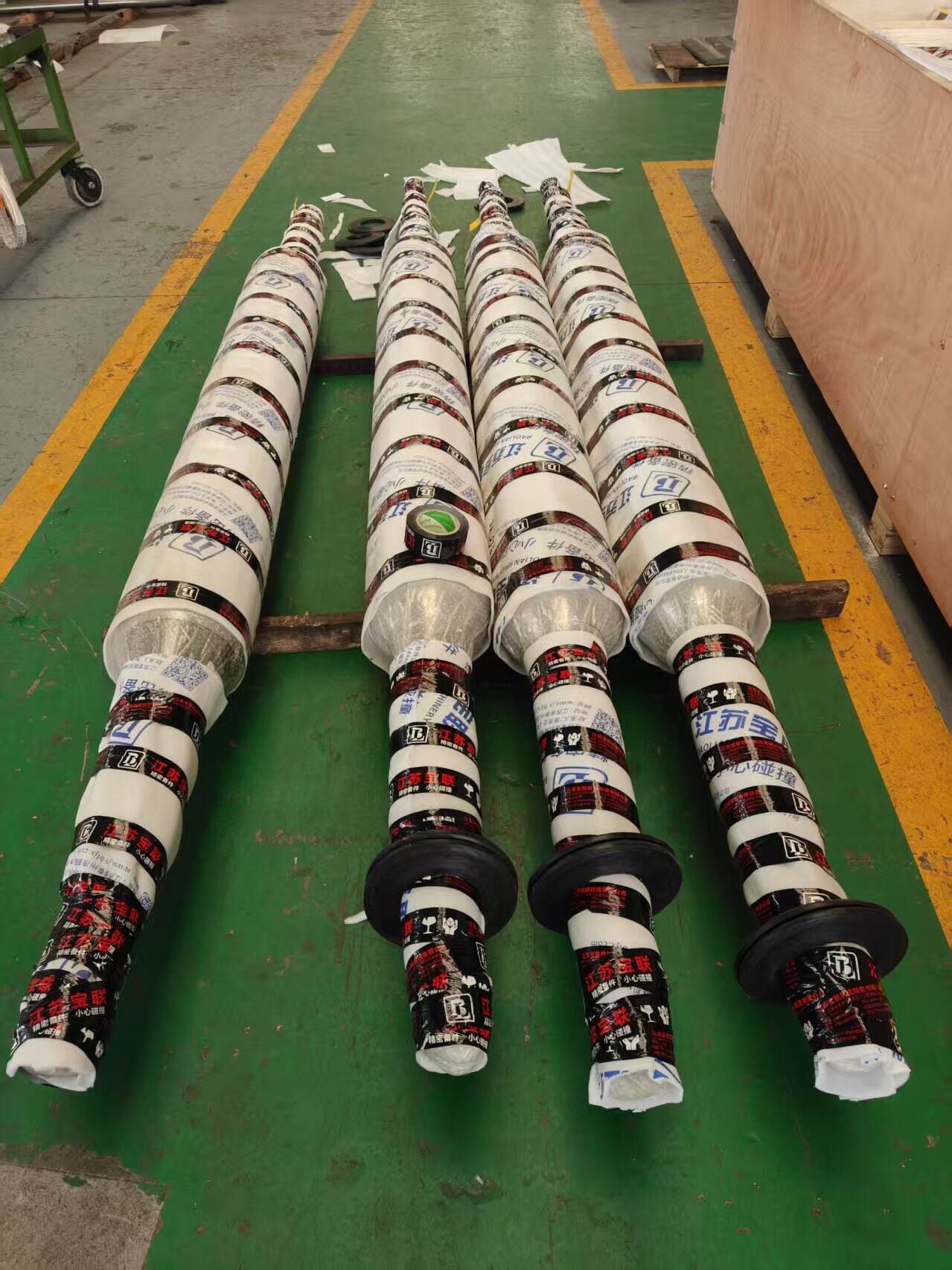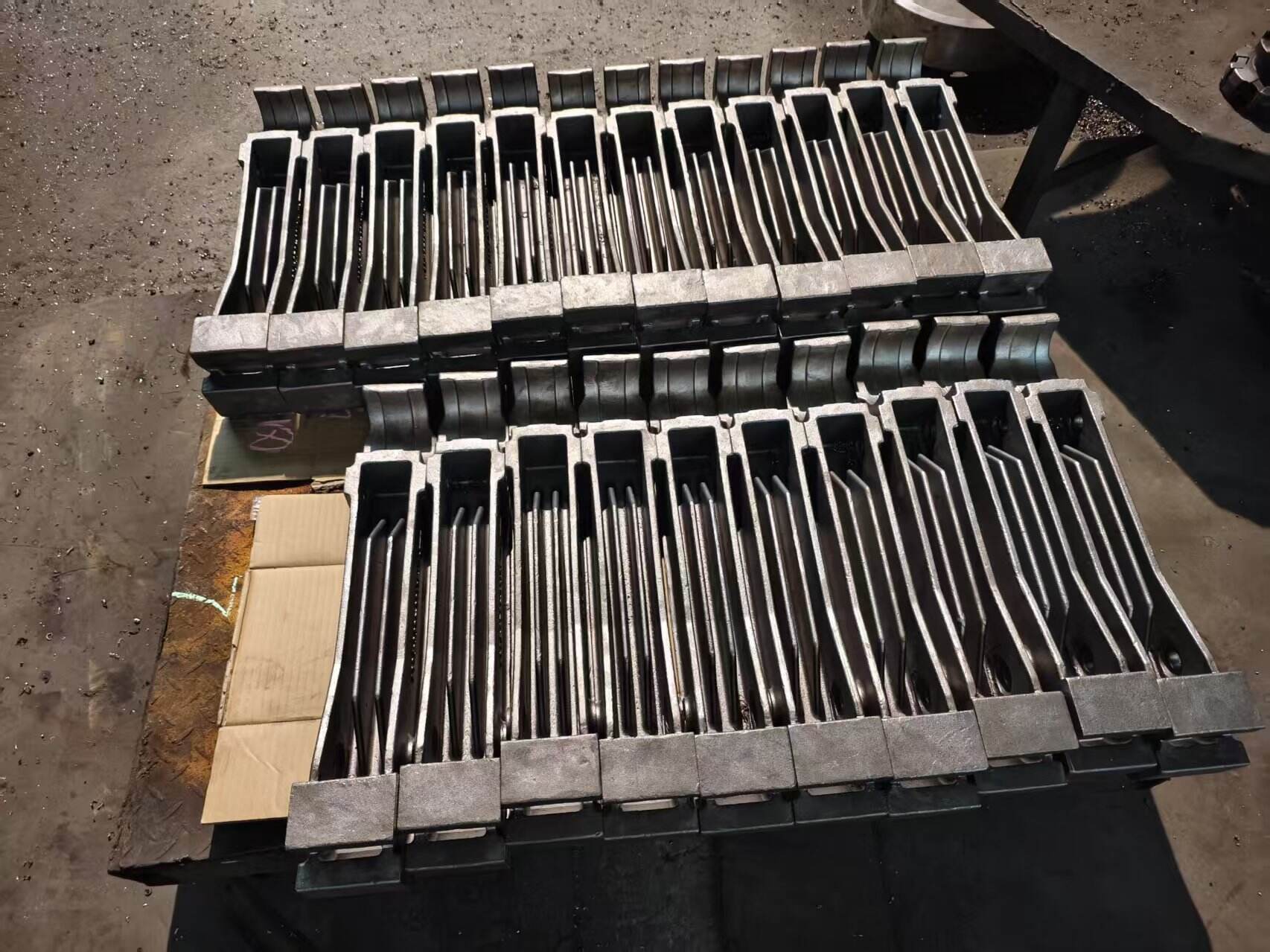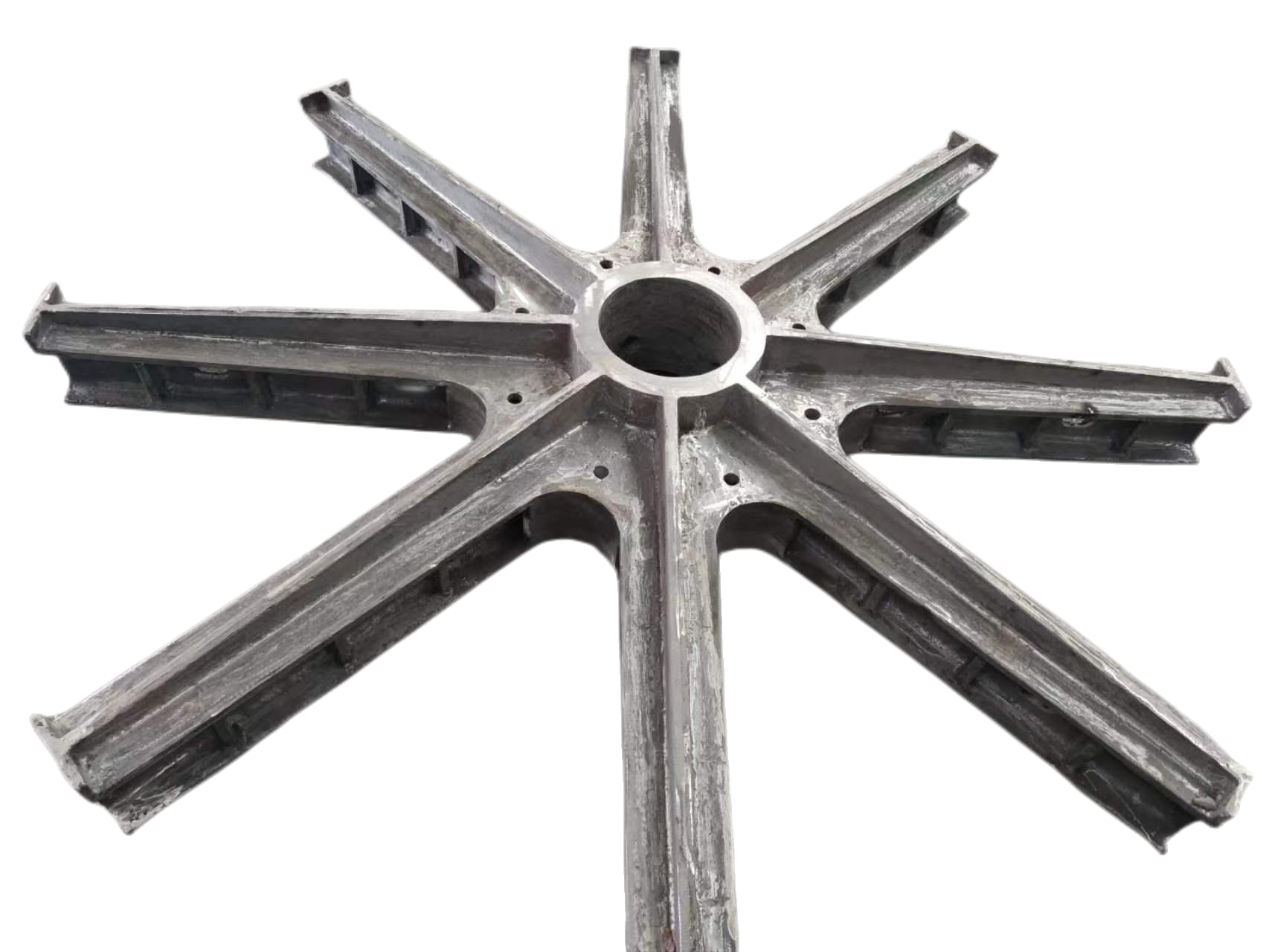heat treatment cycle
The heat treatment cycle represents a sophisticated thermal processing sequence designed to enhance material properties through controlled heating and cooling. This methodical process encompasses several critical stages: heating, soaking, and cooling, each precisely controlled to achieve specific metallurgical transformations. During the cycle, materials undergo carefully regulated temperature changes that alter their microstructure, resulting in improved mechanical properties such as hardness, strength, and ductility. The technology employs advanced temperature control systems, automated process monitoring, and precise timing mechanisms to ensure consistent results across various material types. Modern heat treatment cycles utilize computer-controlled equipment that maintains exact temperature profiles and atmospheric conditions, essential for achieving optimal material properties. The applications span across numerous industries, including automotive manufacturing, aerospace components, tool production, and general engineering. The process is particularly valuable for treating steel and other metal alloys, where specific material properties are crucial for end-use performance. The cycle's versatility allows for customization according to different material specifications and desired outcomes, making it an indispensable process in modern manufacturing operations.


